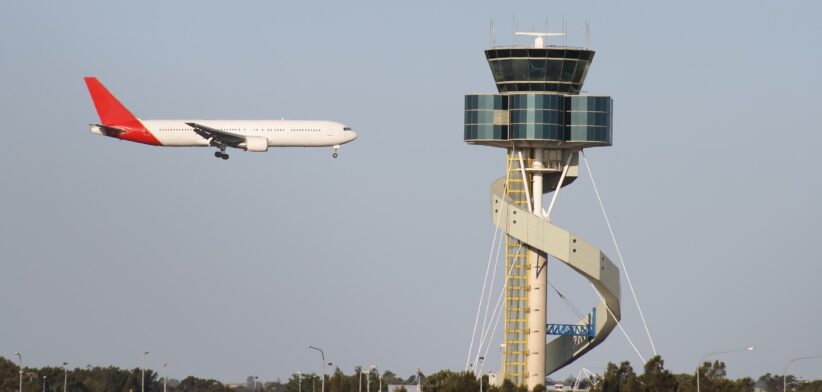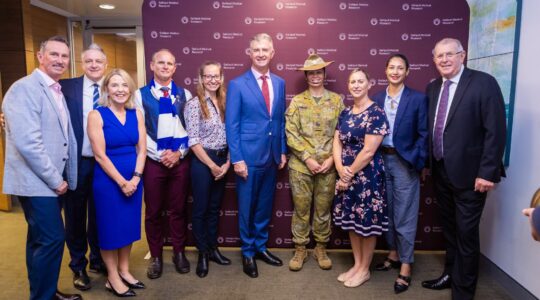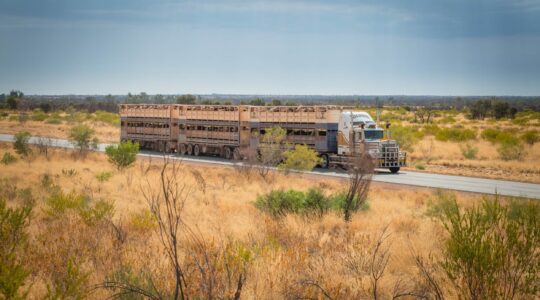A $40 billion investment in Australian airports is at risk of being under-utilised as a “largely invisible” piece of infrastructure approaches the end of its life.
Airservices Australia CEO Rob Sharp said Australia was preparing for a 25-30 percent surge in air traffic over the next decade, with billions of dollars pouring into airports, aircraft, drones and improved aviation services.
“But there’s a bottleneck that could undermine this nation-shaping investment – the largely invisible infrastructure of the sky,” Mr Sharp said.
He said over $40 billion was being invested in airports to allow for an additional 40 percent in network capacity by 2032.
“That investment will only deliver returns if airspace infrastructure can handle the additional traffic safely and efficiently.
“While we often hear debates about the state of our roads and energy grids, the air navigation network that moves more than 100 million passengers a year and supports about $100 billion in annual economic activity is beginning to reach its end-of-life.”
Mr Sharp said air traffic control towers, surveillance systems and communications networks were ageing just as demand is set to spike.
He said Airservices Australia was working to address the issues with OneSKY, a partnership with Defence in which Airservices was investing $1.9 billion to deliver integrated civil and military air traffic management for the first time, was the centrepiece of current work.
“But OneSKY is only part of a broader transformation. Across the national aviation network, parallel upgrades are already delivering tangible results.
“Yet the most significant productivity opportunity lies not with traditional aviation but with what comes next. Uncrewed aircraft.”
Mr Sharp said drones were already inspecting bridges, surveying mines and moving critical equipment, and within years they would transport high-value freight and people.
“But commercial-scale drone operations require new infrastructure – a national Flight Information Management System connecting operators, certifying flights and safely integrating uncrewed traffic with conventional aircraft.
“Airservices has begun building this backbone, working with first-mover developers to establish the protocols and platforms that will unlock faster, cheaper infrastructure inspection and logistics across the economy.”
Mr Sharp said the alternative to modernisation was underutilised airport capacity, constrained growth and productivity gains left on the table.
He said Australia’s geography made investment in aviation infrastructure non-discretionary.
“The comparison with physical infrastructure is instructive. We accept that roads require resurfacing, bridges need maintenance and energy grids demand constant upgrading. Yet airspace infrastructure is both equally critical and significantly more complex, operating 24/7 with zero tolerance for failure.
“We have only to look at some of our international counterparts to see the consequence of ignoring the need for ongoing renewal of our airspace management infrastructure.”








